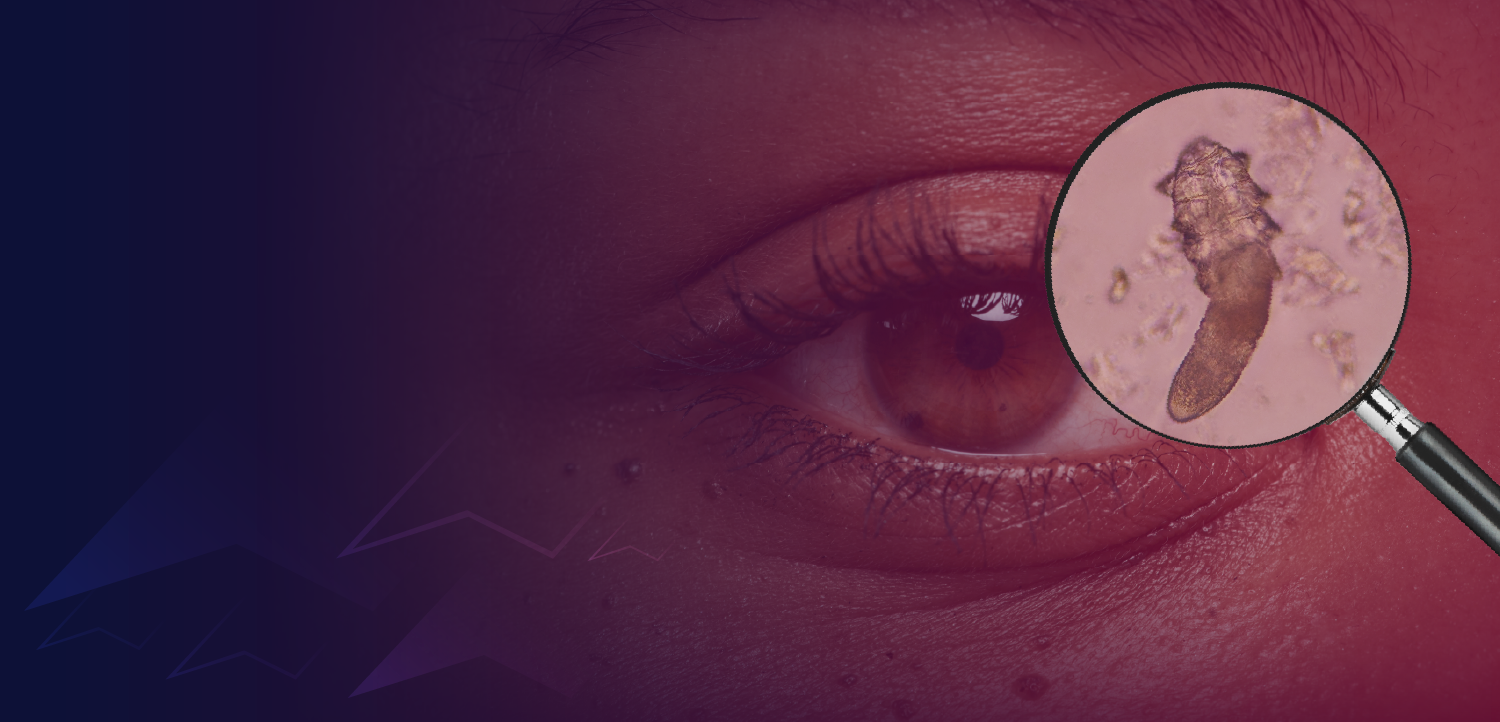
Apolipoprotein E as key biomarker for corneal involvement in infectious conjunctivitis, according to study
Investigators conducted a cross-sectional study from December 2016 to March 2024 in patients with acute infectious conjunctivitis.
A team of international investigators reported that identifying biomarkers relevant to
The importance of this information is that infectious conjunctivitis can result in the involvement of the cornea and subsequent ocular morbidity. Identifying biomarkers, which they defined as an objective measure that can be used to predict a condition or disease, that are specific to corneal involvement might improve patient care, the authors explained.
“An effective biomarker allows for the prediction of both the occurrence and severity of a disease and, ideally, identifies a population where treatment can be initiated to minimize the negative impact of a disease,”2 they commented.
The team conducted a cross-sectional study from December 2016 to March 2024 in patients with acute infectious conjunctivitis. Patients were included who had signs and symptoms of infectious conjunctivitis and onset within fewer than 14 days; those incapable of providing consent or had a presumed toxicity or allergic conjunctivitis were excluded.
The analyses included 3 phases in which logistic regression and machine learning algorithms predicted the probability of demonstrating corneal involvement in patients with presumed infectious conjunctivitis; quantitative reverse-transcription polymerase chain reaction (RT-qPCR) confirmed the most important biomarker gene identified by the algorithm; and the biomarker gene was validated in prospectively collected conjunctival samples of adult patients from 3 outpatient centers in Thailand and 1 in India, the investigators described.
The main outcomes were the identification and validation of ocular surface gene expression associated with corneal findings on slit-lamp examination.
Analyses results
The analyses identified APOE as a biomarker associated with corneal involvement. APOE was highly discriminant between disease states in patients tested in India and Thailand, Dr. Seitzman and colleagues reported.
Thirteen genes had a 1.5–log2-fold expression change in patients with corneal involvement compared to patients without corneal involvement. Using those genes to train and cross-validate, logistic regression produced the highest mean area under the receiver operating characteristic curve (AUROC) (0.85; 95% confidence interval [CI], 0.84-0.86) for corneal involvement.
When they removed APOE from the gene ensemble, there was a decline in the predictive performance of the logistic regression classifier from the mean AUROC mentioned previously to 0.74 (95% CI, 0.73-0.75) (adjusted p = 0.001, Tukey test).
RT-qPCR showed that the APOE expression was higher in patients with corneal involvement compared to patients without, ie, a median interquartile range of 0.23 (0.04-0.47) compared to0.04 (0.02-0.06) (p = 0.004, Mann-Whitney U-test), respectively.
In a medical center in Aravind, India, APOE had a sensitivity of 56% (95% CI, 33-77) and a specificity of 88% (95% CI, 79-93) in 106 samples with conjunctivitis (p < 0.001, Fisher exact test). In Thailand, the same criteria could discriminate between disease states in 58 samples with a sensitivity of 47% (95% CI, 30-64) and specificity of 93% (95% CI, 77-99) (p = 0.001, Fisher exact test).
The investigators concluded, “This proof-of-concept study suggests the feasibility of identifying biomarkers relevant to ocular surface diseases. For presumed infectious conjunctivitis, regardless the pathogen types, visible corneal involvement was associated with APOE, and this biomarker appeared to have high specificity in patients in India and Thailand. Similar approaches may be of relevance to the identification of other biomarkers in ophthalmology.”
References:
Seitzman GD, Prajna L, Prajna NV, et al. Biomarker detection and validation for corneal involvement in patients with acute infectious conjunctivitis. JAMA Ophthalmol. Published online August 15, 2024. doi:10.1001/jamaophthalmol.2024.2891
Byrnes SA, Weigl BH. Selecting analytical biomarkers for diagnostic applications: a first principles approach. Expert Rev Mol Diagn. 2018;18:19-26. doi:
10.1080/14737159.2018.1412258
Newsletter
Want more insights like this? Subscribe to Optometry Times and get clinical pearls and practice tips delivered straight to your inbox.


















































.png)


